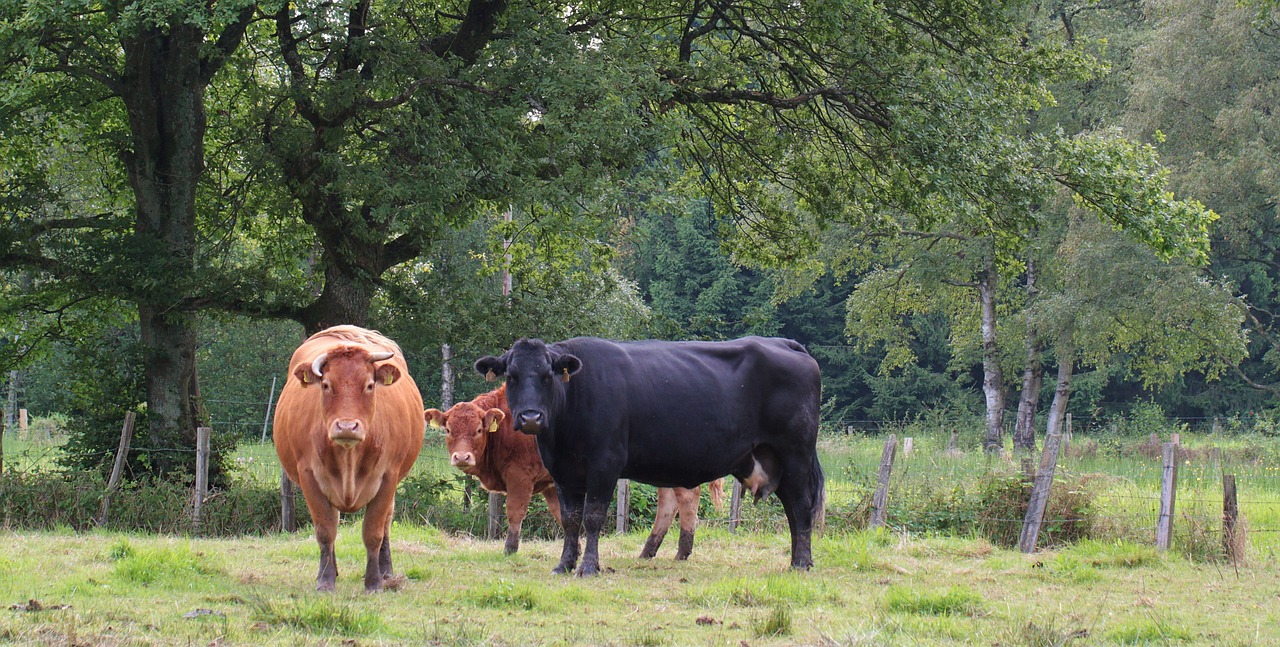Great Grazing Beats Most Droughts
Author: Alan Newport | Published: August 2, 2017
I had the opportunity to visit with a man today about the benefits of managed grazing in a drought, and I think my list of advantages might be useful to others.
These are things I’ve observed and things I’ve gleaned from others as they have managed their way through droughts. In some cases there is science to bear witness to these truths, and in others they are anecdotal but widely accepted among top grazing managers.
The ugly
The bad news is that at some point, drought can get bad enough you may need to destock completely. The good news is, as part of your grazing plans, grazing records, and your records of rainfall and resulting forage production, you should have done so in a controlled method that garnered you the highest price for part of your stock because you sold earlier than everyone else. The other piece of good news is good grazing management will set you up for a faster recovery, and likely a much more successful recovery than continuous graziers.
Beef Producer columnist and long-time holistic grazier Walt Davis says many years ago he studied the rainfall records and stocking rate records from the research station at San Angelo, Texas, and found all the major declines in stocking rate occurred after droughts. These were new, lower plateaus of production from which the forage never recovered. Of course, the research station was continuously grazed.
The good
Just how much drought resistance you have depends foremost on how much progress you’ve made increasing soil organic matter through good grazing. The key is full recovery of plants and the deep roots that puts down. There are many ways to do this, as we’ve covered over the years. R.P. Cooke uses full recovery all the time, all year around, as do many others. Some graze part of the property on a schedule that uses two or three grazings during the growing season while recovering part of the ranch fully. Then they graze in the winter on the fully recovered and heavily stockpiled forage.
One thing I know is people who use faster rotations and less recovery time, concentrating on keeping forage vegetative and at the highest quality, have much less drought resistance. Their advantage is typically they know about how many days of forage they have left.
Better timing
Great graziers keep good records on rainfall and forage production (usually animal days per acre) or similar, so they understand when they are getting in trouble before others. Selling a portion of your animals early in a drought cycle when prices are good is an inconvenience, but not a disaster. Selling a large proportion of your animals, or all of them, well into a drought and after prices are down significantly is absolutely a disaster.
Great graziers also know how many days of forage they have ahead of their cattle and when they will run out. They also can monitor regrowth in grazed paddocks to see if that supply will expand.
Better soil
Those who practice complete recovery of forages as part of their grazing management will have soil that’s healthier and has higher organic matter and more life. The plant roots will be deeper, fuller and higher functioning. The arbuscular mycorrhizal fungi will be healthier and will provide more water and more nutrients to the plants so they can thrive. Higher organic matter and more shade on the soil surface can catch and hold much more water — each 1% soil organic matter can hold about 25,000 gallons of water per inch of soil. That alone can fight back a lot of drought.
More grass
The records kept by great graziers show they increase the animal days per acre and therefore increase their stocking rates over time. We have reported many, many times over the years that graziers who do a good job nearly always double their stocking rates, and that many triple or quadruple their stocking rates. This proves they are growing more grass.
Incidentally, animal days per acre or animal unit days are just measurements of how many grazing days you get per unit of livestock.

